The Cavaliers have a little less than $87MM in guaranteed money committed to player salaries for 2021/22, per Basketball Insiders. However, even though next season’s salary cap will come in at $112MM+, that doesn’t mean the team will begin the 2021 offseason with tens of millions in cap room to spend.
In fact, the Cavaliers technically won’t open the new league year with any cap space at all. Each of Cleveland’s own free agents will be assigned a free agent amount – or “cap hold” – until the player signs a new contract or the Cavaliers renounce his rights.
The general purpose of a cap hold is to prevent teams from using room under the cap to sign free agents before using Bird rights to re-sign their own free agents. If a team wants to take advantage of its cap space, it can renounce the rights to its own free agents, eliminating those cap holds. However, doing so means the team will no longer hold any form of Bird rights for those players — if the team wants to re-sign those free agents, it would have to use its cap room or another kind of cap exception.
The following criteria are used for determining the amount of a free agent’s cap hold:
- First-round pick coming off rookie contract: 300% of the player’s previous salary if prior salary was below league average; 250% of previous salary if prior salary was above league average.
- Bird player: 190% of previous salary (if below league average) or 150% (if above average).
- Early Bird player: 130% of previous salary.
- Non-Bird player: 120% of previous salary.
- Minimum-salary player: Two-year veteran’s minimum salary, unless the free agent only has one year of experience, in which case it’s the one-year veteran’s minimum.
- Two-way player: One-year veteran’s minimum salary.
A cap hold for a restricted free agent can vary based on his contract status. A restricted free agent’s cap hold is either his free agent amount as determined by the criteria mentioned above, or the amount of his qualifying offer, whichever is greater.
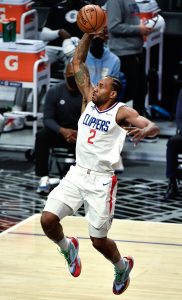 No cap hold can exceed the maximum salary for which a player can sign. For instance, the cap hold for a Bird player with a salary above the league average is generally 150% of his previous salary, as noted above. But for someone like Clippers star Kawhi Leonard, who is earning $34,379,100 this season, 150% of his previous salary would be north of $51MM, well beyond the projected maximum salary threshold.
No cap hold can exceed the maximum salary for which a player can sign. For instance, the cap hold for a Bird player with a salary above the league average is generally 150% of his previous salary, as noted above. But for someone like Clippers star Kawhi Leonard, who is earning $34,379,100 this season, 150% of his previous salary would be north of $51MM, well beyond the projected maximum salary threshold.
Leonard’s cap hold – assuming he turns down his 2021/22 player option – will be equivalent to the maximum salary for a player with 10+ years of NBA experience. If we assume a cap increase of 3%, that figure works out to about $39.3MM.
One unusual case involves players on rookie contracts whose third- or fourth-year options are declined. The amount of their declined option becomes their cap hold, and if the player’s team wants to re-sign him, his starting salary can’t exceed that amount.
For instance, the Wizards declined Moritz Wagner‘s 2021/22 fourth-year option last December. As a result, they wouldn’t have been able to offer him a starting salary this offseason worth more than $3,893,618, the amount of that option. That rule is in place so a team can’t circumvent the rookie scale and decline its option in an effort to give the player a higher salary.
The rule applies even if the player is traded — Washington, in fact, ended up sending Wagner to the Celtics in March, and the C’s would’ve faced the same limit if they’d wanted to re-sign him. Instead, Boston waived Wagner in April and he caught on with the Magic before season’s end. Because he’s no longer on the contract with the declined option, Orlando doesn’t face the same restriction and Wagner’s cap hold is now based on his minimum-salary contract.
If a team holds the rights to fewer than 12 players, cap holds worth the rookie minimum salary are assigned to fill out the roster. So, even if a front office chooses to renounce its rights to all of its free agents and doesn’t have any players under contract, the team wouldn’t be able to fully clear its cap. In 2020/21, an incomplete roster charge was worth $898,310, meaning a team with 12 of those charges would have had nearly $11MM on its cap even before adding any players.
A player who has been selected in the draft but has not yet officially signed his rookie contract only has a cap hold if he was a first-round selection. A cap hold for a first-round pick is equivalent to 120% of his rookie scale amount, based on his draft position. An unsigned second-round pick doesn’t have a cap hold.
Cap holds aren’t removed from a team’s books until the player signs a new contract or has his rights renounced by the club. For example, the Warriors are still carrying cap holds on their books for retired players David West and Matt Barnes, who never signed new contracts since playing for Golden State. Keeping those cap holds allows teams some degree of cushion to help them remain above the cap and take advantage of the mid-level exception and trade exceptions, among other advantages afforded capped-out teams.
Note: This is a Hoops Rumors Glossary entry. Our glossary posts will explain specific rules relating to trades, free agency, or other aspects of the NBA’s Collective Bargaining Agreement. Larry Coon’s Salary Cap FAQ and the Basketball Insiders salary pages were used in the creation of this post.
Earlier versions of this post were published in previous years by Luke Adams and Chuck Myron. Photo courtesy of USA Today Sports Images.
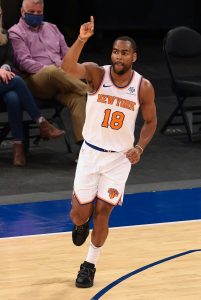 The salary limitations that apply to Non-Bird rights are more severe than those pertaining to Bird rights or Early Bird rights, so in many cases, the Non-Bird exception may not be enough to retain a well-regarded free agent. For instance, the Sixers held
The salary limitations that apply to Non-Bird rights are more severe than those pertaining to Bird rights or Early Bird rights, so in many cases, the Non-Bird exception may not be enough to retain a well-regarded free agent. For instance, the Sixers held 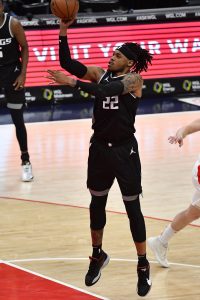
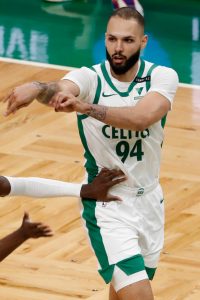 He changes teams via trade. For instance, the Celtics will hold
He changes teams via trade. For instance, the Celtics will hold 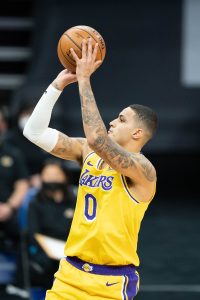 Let’s use
Let’s use  Last November, the Timberwolves
Last November, the Timberwolves 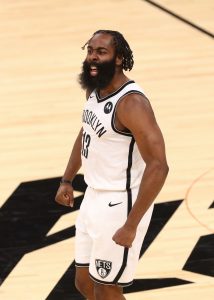
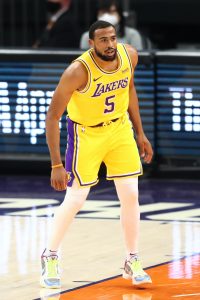 This coming offseason, there aren’t many
This coming offseason, there aren’t many 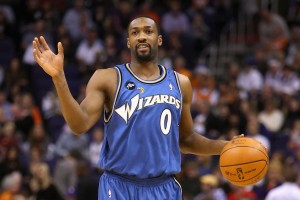 While Arenas isn’t specifically named in the CBA, the rule colloquially known as the Arenas provision stems from his own restricted free agency in 2003. At the time, the Warriors only had
While Arenas isn’t specifically named in the CBA, the rule colloquially known as the Arenas provision stems from his own restricted free agency in 2003. At the time, the Warriors only had 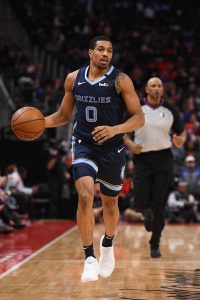
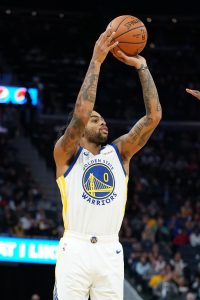 Last offseason, before the Warriors acquired
Last offseason, before the Warriors acquired